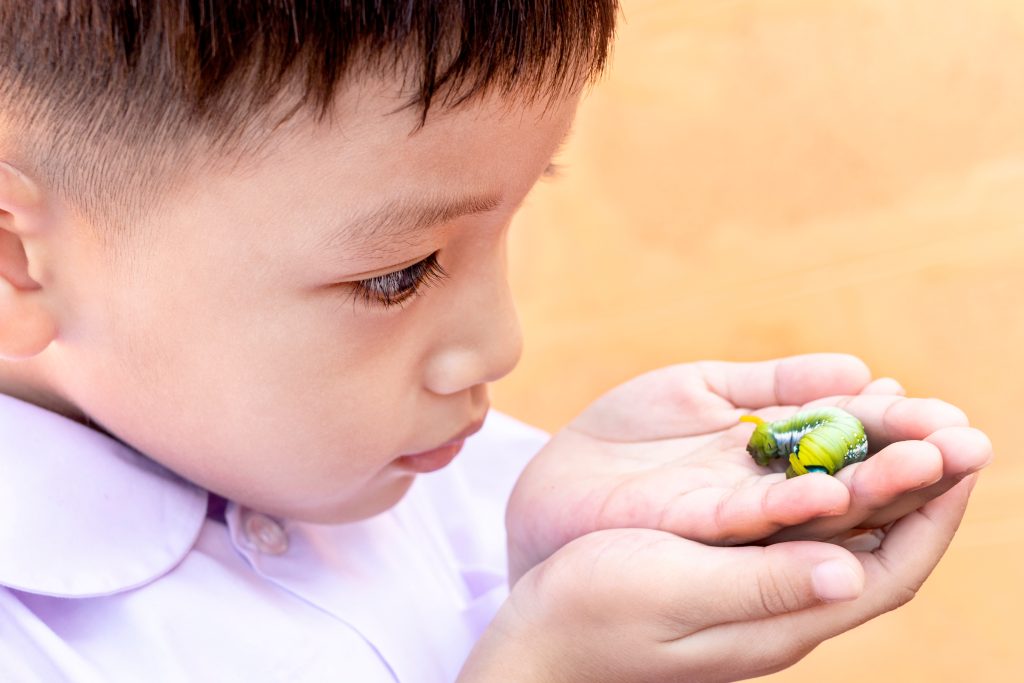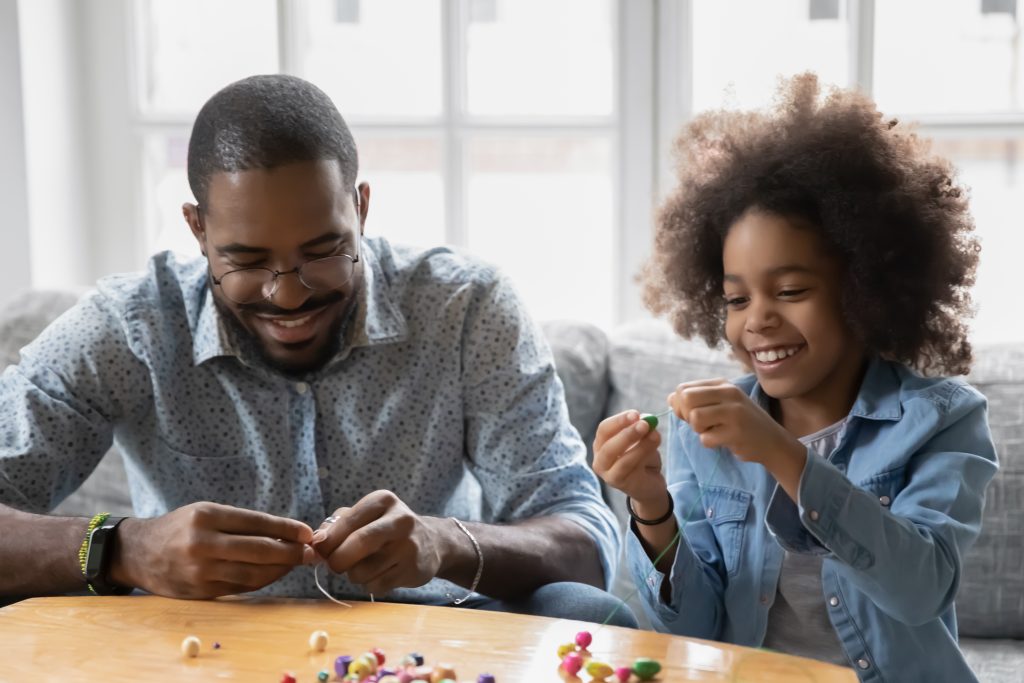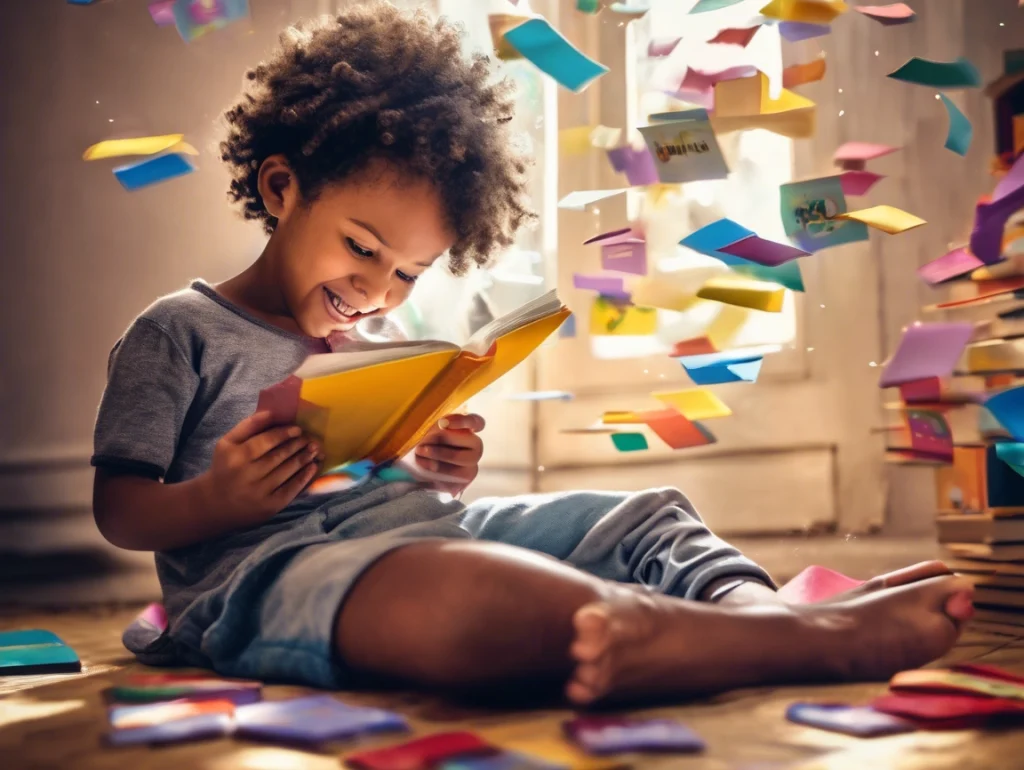Play is how children make sense of the world. It’s their language, their lab, and their safe space for growth. But not all play looks the same. From dressing up in capes to carefully sorting beads by color, children explore their world through a variety of play styles, each supporting different areas of development. Understanding these styles helps parents, educators, and caregivers support children in ways that are both fun and deeply enriching.
In this post, we’ll explore the major types of play, what they offer, and how Craft Play Print activities fit naturally into every style.
1. Physical (Motor) Play
What It Is
Physical play involves movement. It’s the tumbling, climbing, spinning, hopping, and dancing kind of play. Children use their whole bodies to explore space, challenge their limits, and burn energy.
Benefits
- Develops gross motor skills (running, jumping, balancing)
- Builds strength, coordination, and endurance
- Helps children learn spatial awareness and body control
- Boosts mood and reduces stress
Examples
- Playing tag
- Obstacle courses
- Jumping on trampolines
- Dancing or movement games like “Freeze Dance”
How Crafts Support It
Crafts that involve large motor actions or movement can bridge the gap between art and physical play. Think:
- Giant sidewalk chalk murals
- Painting with fly swatters or sponge balls
- Building tall structures with boxes or recyclables
These kinds of crafts keep kids moving while giving their creativity an outlet.
2. Constructive Play
What It Is
Constructive play is all about building, shaping, and making something with a purpose. Children manipulate materials to create something tangible.
Benefits
- Enhances problem-solving skills
- Builds planning and sequencing abilities
- Supports hand-eye coordination and fine motor control
- Encourages persistence and experimentation
Examples
- Building with blocks or Legos
- Making forts from blankets and cushions
- Assembling puzzles
- Creating with modeling clay or sand
How Crafts Support It
Most craft projects fall beautifully into this category:
- Assembling paper puppets
- Making pop-up cards
- Designing 3D paper models
- Constructing simple machines or toy cars from kits
Craft Play Print kits are especially effective here, providing guided yet flexible building experiences that spark innovation.
3. Dramatic (Pretend) Play
What It Is
Dramatic or pretend play is when children take on roles and act out scenarios. It could be superheroes fighting villains, a pretend tea party, or a child pretending to be a doctor.
Benefits
- Fosters creativity and imagination
- Develops empathy and perspective-taking
- Supports language development and storytelling
- Builds social-emotional skills
Examples
- Playing house or school
- Dressing up in costumes
- Role-playing with dolls or action figures
- Using props like play kitchens or tool sets
How Crafts Support It
Crafts can be both a launching pad and a tool for pretend play:
- Making masks, hats, or costumes
- Creating character puppets or stick figures
- Designing their own superhero symbols or royal crowns
When kids make the props themselves, they become even more invested in the world they’re creating.
4. Exploratory (Sensory) Play
What It Is
Sensory play involves exploring materials using the five senses. It’s hands-on and often messy—just the way kids like it.
Benefits
- Stimulates brain development through multi-sensory input
- Supports fine motor skills and coordination
- Helps regulate emotions and calm anxiety
- Encourages curiosity and investigation
Examples
- Playing with sand, water, or slime
- Exploring textures like shaving cream or kinetic sand
- Sound-based play (musical instruments, rhythm games)
- Taste-safe materials for babies and toddlers (edible finger paints, etc.)
How Crafts Support It
Craft projects that are all about touch, texture, and experimentation are perfect:
- Finger painting
- Scented play dough
- Nature crafts using bark, leaves, or seeds
- Bubble wrap printing or sponge painting
Craft Play Print sensory kits are great tools to engage curious little minds and hands.
5. Social Play
What It Is
Social play happens when children interact with others. It might be a board game, a group craft, or an imaginary game with friends. This is where kids learn how to get along with others.
Benefits
- Teaches cooperation, negotiation, and conflict resolution
- Builds empathy and emotional intelligence
- Strengthens communication and teamwork
- Helps form friendships and a sense of belonging
Examples
- Playing team games like Duck Duck Goose
- Group storytelling or role-play
- Collaborative building or art
- Shared pretend scenarios (e.g., playing “store”)
How Crafts Support It
Crafting in a group encourages:
- Sharing materials and taking turns
- Giving and receiving feedback
- Joint problem-solving (“Let’s build this together!”)
- Celebrating each other’s creations
Group kits, classroom craft projects, and playdates with art themes are perfect for this style.
6. Independent Play
What It Is
Independent play is when a child plays alone, choosing their own activity and controlling their own pace. It fosters internal motivation and self-direction.
Benefits
- Encourages self-reliance and independence
- Builds focus and attention span
- Sparks creativity and self-expression
- Allows children to decompress and reflect
Examples
- Coloring alone
- Building solo projects
- Playing with dolls or cars independently
- Reading or quiet imaginative play
How Crafts Support It
Crafts are a great independent play option, especially when:
- The child chooses their own materials and project
- Instructions are simple and age-appropriate
- There’s no “right way” to complete the craft
Craft Play Print’s self-guided kits are ideal for quiet time or when caregivers need a productive, low-supervision activity.
7. Symbolic Play
What It Is
Symbolic play involves using objects, actions, or ideas to represent other things. It overlaps with pretend play but also includes drawing, writing, and storytelling.
Benefits
- Develops abstract thinking and early literacy
- Encourages planning and sequencing
- Builds creativity and symbolic reasoning
- Lays groundwork for math, reading, and communication
Examples
- Drawing a map for a treasure hunt
- Pretending a stick is a sword or a wand
- Using toys to act out a story
- Creating symbols or “writing” before they can read
How Crafts Support It
Crafting can bring symbolic play to life:
- Designing flags, family crests, or storyboards
- Creating comics or illustrated books
- Inventing symbols, alphabets, or treasure maps
This type of play is especially powerful when crafts turn ideas into physical objects.
8. Competitive Play
What It Is
Competitive play involves games or challenges with winners and losers. It’s more common in older children and needs to be handled with care for younger ones.
Benefits
- Teaches rule-following and fairness
- Develops strategic thinking
- Builds resilience and sportsmanship
- Encourages goal setting and perseverance
Examples
- Board games or card games
- Races or contests
- Building competitions (e.g., tallest tower)
- Structured sports or challenges
How Crafts Support It
Crafts can be turned into friendly competition:
- Timed building or design challenges
- Craft “bake-off” style contests with themes
- Voting for favorite creations in a fun, inclusive way
As long as it’s focused on fun and creativity over “winning,” competition can boost motivation and engagement.
Supporting All Play Styles with Craft Play Print
Craft Play Print offers tools and ideas that fit beautifully into every kind of play. Whether your child is building solo, imagining fantastical worlds, or getting messy with paint, there’s a kit or prompt to support their development in a way that feels joyful and natural.
Here’s how:
- Multi-sensory kits for tactile and exploratory play
- Story-based projects for symbolic and imaginative thinking
- Open-ended materials for constructive and independent play
- Themed group sets for social and collaborative experiences
- Craft challenges to make playtime exciting and goal-driven
By incorporating different play styles into your child’s week, you’re giving them a well-rounded toolkit for growing minds and hearts.
Final Thoughts
No one play style is better than another. Children naturally shift between styles depending on their mood, age, environment, and personality. Some kids love group play, while others need quiet, solo time to thrive. The key is to offer a variety of play experiences, respect your child’s preferences, and create opportunities for them to stretch in new directions.
Crafting is one of the few activities that naturally adapts to nearly every play style. With a simple pair of scissors and a sprinkle of imagination, kids learn, grow, and build the skills they’ll use for the rest of their lives.
So whether your child is a mover, a maker, a dreamer, or a builder—Craft Play Print has a place at their play table.



